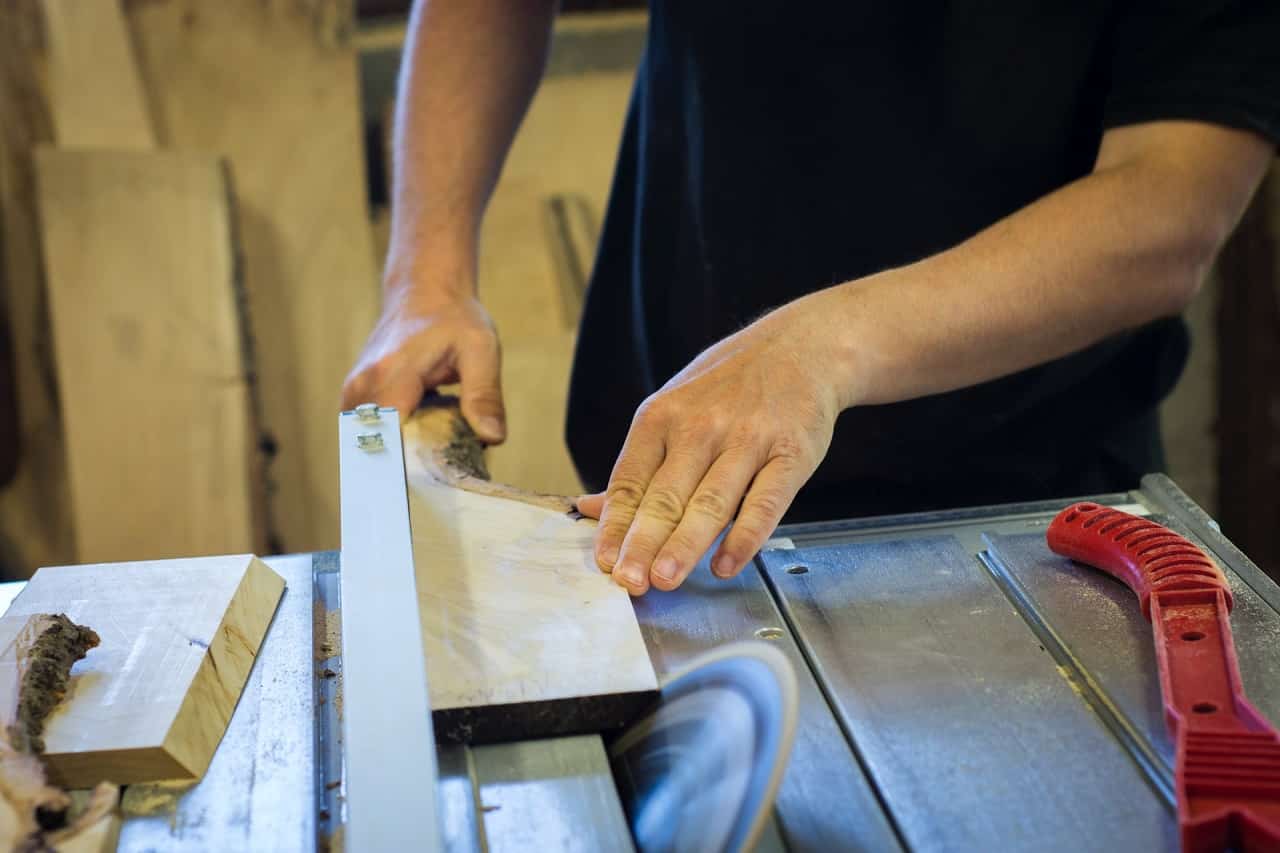Rockler Router Table Fundamentals – A Detailed Tour

Learning the fundamentals of a router table is one of the first and important things you should do as a woodworker, whether you have recently bought a Rockler router table or you want to add a Rockler High-Pressure Laminate Router Table Top to your DIY router table.
In this post, we’ll run through the common woodworking operations that you can perform using a router table. Although they are basic and pretty easy to do (if you know how to do them), they are the foundation on which all great pieces are built.
Cutting Dovetails
While specialized dovetail jigs can be used to make box joints and dovetails, these jigs are usually designed to make joints with limited type and size options. On the flip side, cutting box joints and dovetails using a router table gives you several joint configurations and sizes.
You can even take your dovetailing works to the next level with simple, affordable, yet effective add-ons such as the Incra I-Box Jig. Creating remarkable and great looking box joints and dovetails is a cinch with this accessory.
Cutting Dadoes, Slots, and Grooves
Cutting dadoes, slots, grooves, sliding dovetails, rabbets, tenons, and mortises are some of the fundamentals of woodworking. And there is no better option to speed up these operations the process than using a Rockler router table, especially when you need to cut several identical parts. With a couple of router bits and a router table, you can accomplish a lot in a relatively short time.
Cutting Narrow, Small, or Long Stock
Cutting narrow, small, and long stock can be a bit tricky when using a handheld router. It is extremely cumbersome to use mobile routers for a narrow stock, such as those used for trim and moldings. A typical example is using a handheld router for edge profiling a door of about a few hundred feet long. Although not impossible, it is a grossly inefficient option. The same applies to small pieces of stock that require a delicate balancing act with handheld routers.
But that’s not the case with a router table. Long and narrow stock can be machined quite easily on a router table. Also, working with small stocks is quite easy as both of your hands are free to hold the wood pieces firmly, and the router table provides a flat, steady, and sturdy surface to support the workpiece.
To make the process a lot easier, consider using featherboards to hold the stock firmly. Doing this allows you to focus on a steady feed rate while the featherboards maintain a steady grip of the stock against the fence and table’s surface.
Using a Table Router as an Edge Jointer
Purchasing a dedicated jointer is okay, but what if you could own a jointer without spending extra cash, and also save space in your woodshop? You can use the jointing shims for a Rockler router table as an edge jointer. Setting up for edge-jointing is easy and takes only a couple of minutes.
Lock Miter, Finger Joints, and Drawer Lock
Some specialized joinery operations can only be performed efficiently with a router table. Typical examples include lock miter, finger joint, and drawer locks, and the reason for this is simple. The bits for these joinery operations can only work on a router table.
Raised Panel Doors
You need a router table if you want to construct the parts used for a raised panel door. Here’s why. Constructing door panels and raised panel door frames require bits with a large diameter. These bits can take off a large chunk of material in just one pass, making them unsafe for use in handheld routers.
Also, the coped ends of door frame rails and the stiles need to be perfectly machined for the doors to line up and stick properly. Attempting to mill panel doors and frame parts accurately with a handheld router is simply impractical.
These operations are straightforward and almost effortless with a router table, and that’s not overselling it! Even if you are a complete novice, you can make raised panel doors using a router table in a couple of hours. All you need is a few inexpensive router table accessories, a good set of panel and frame router bits, and some instructions.
Edge Trimming and Pattern Work / Template
One of the quickest ways to clean up an edge is to attach a straightedge to a stock. Also, an efficient way to repeatedly form the arched top of any curved part, such as a panel door or frame, is to attach a template. A Rockler router table shines in these woodworking operations. It can trim stock edges into smooth, flat, square surfaces.
You don’t have to hold down patterns and workpieces when you use a router table to make cuts. Router tables eliminate the need to clamp down work surfaces to make a cut.
Stopped Cuts
Cuts that don’t run the entire length of stock are known as stopped cuts. They can be for functional purposes or to create decorations. Using a table saw or a handheld router to make stopped cuts can be time-consuming, difficult, and can even be dangerous.
On the other hand, a router table can be set up in a couple of seconds to accomplish stopped cuts. A Rockler router table fence can make setting up stopped cuts a lot easier.
Final Thoughts
These few basics are only the tip of the iceberg as far as a router table’s operations go. There are lots more to learn, including several router bit types intended for use on table mount routers only. Mastering these fundamentals is only a matter of practice.
Getting up to speed with the fundamentals of a Rockler router table is an important first step. The next logical step is learning how to choose a router table that will work for you. And we’ve got you covered there, too! Check out this post to find out how to choose a router table that can make your work and life much easier.






